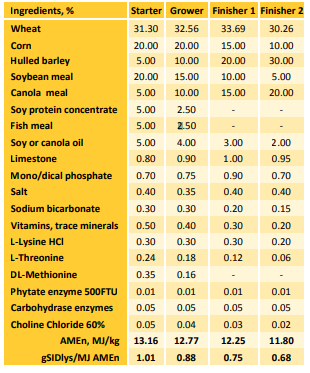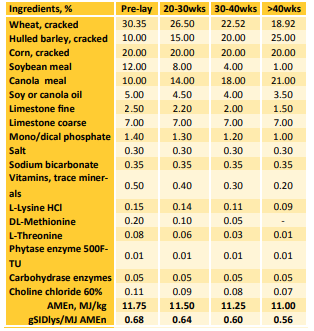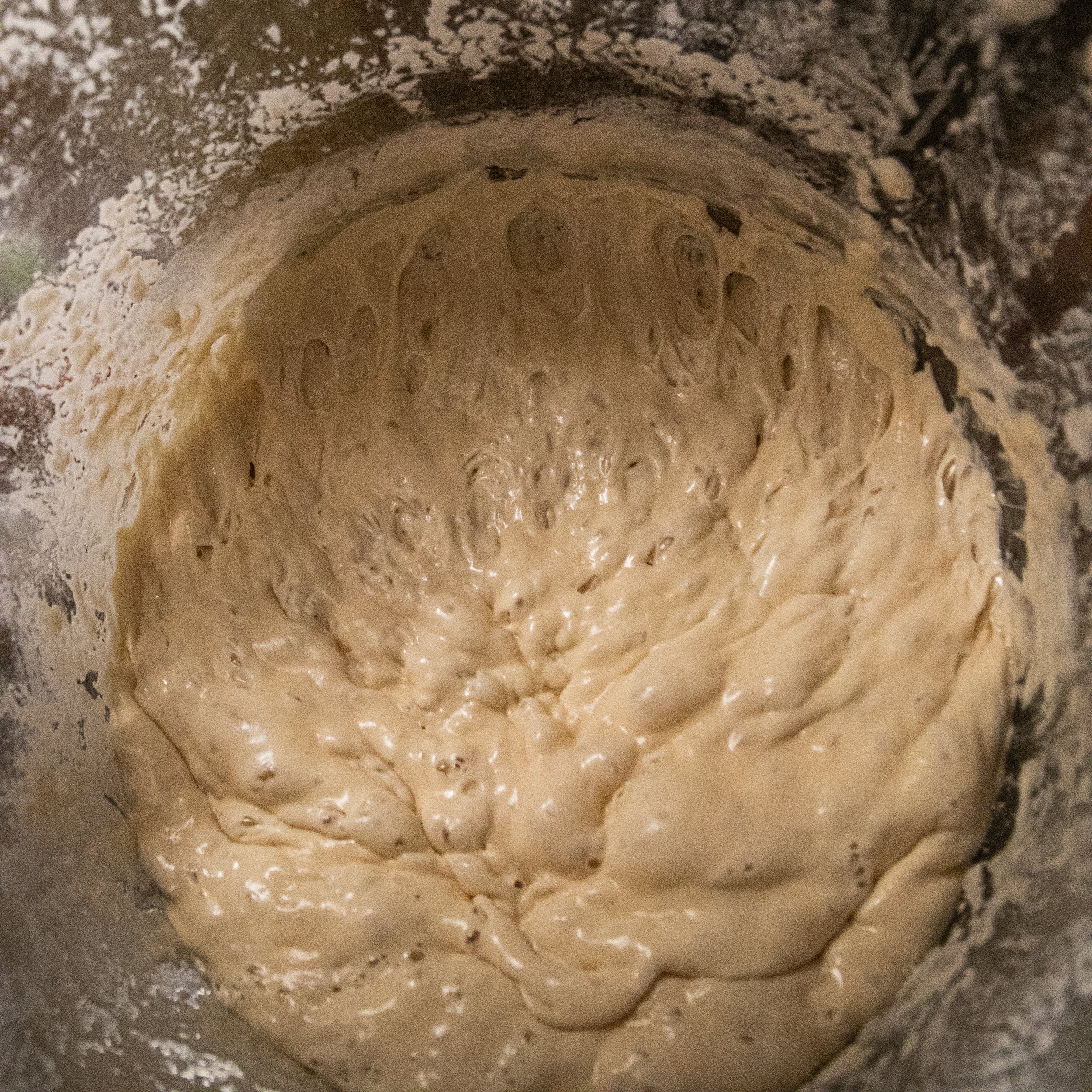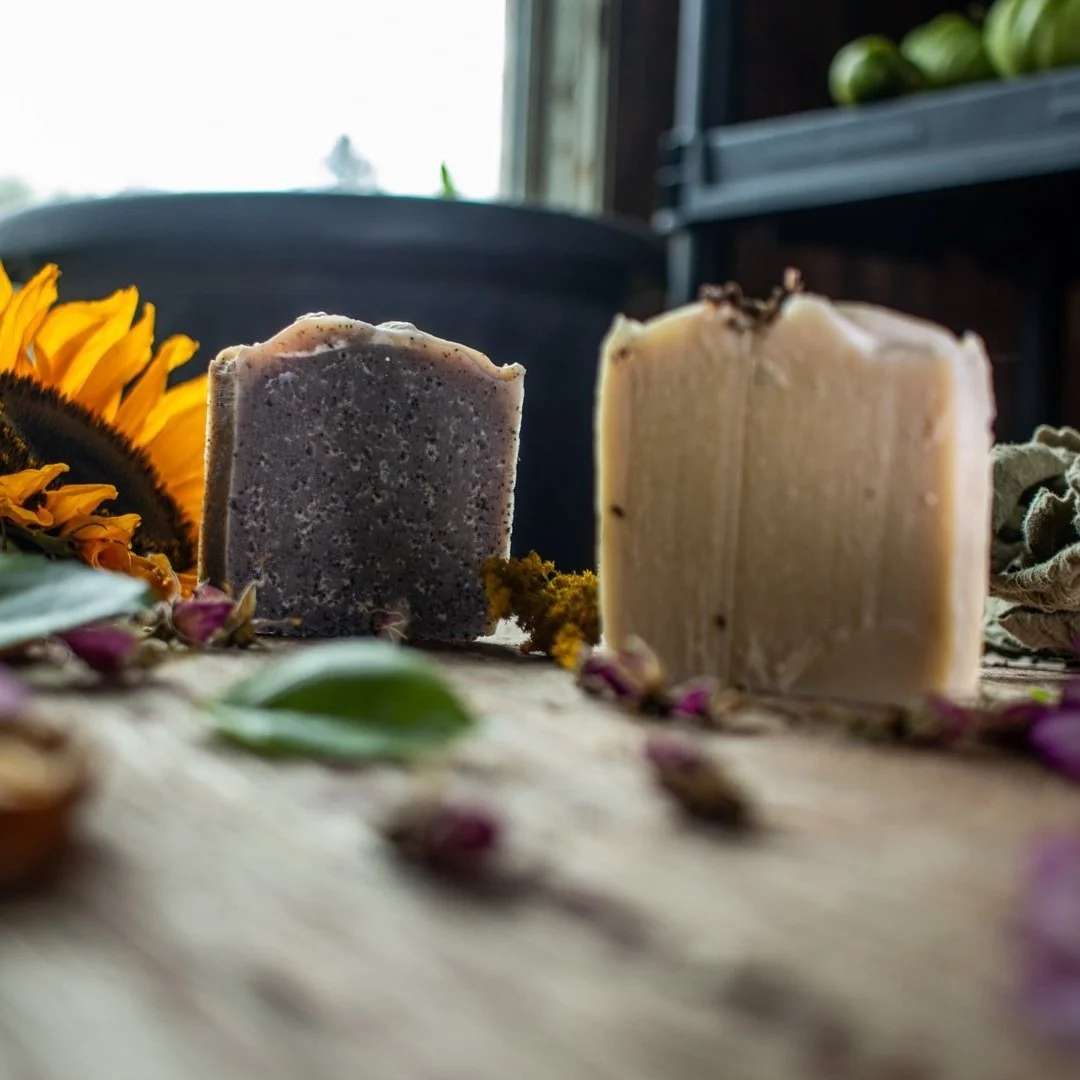Feeding Homegrown Chickens: A Recipe for Healthy Hens and Bountiful Eggs
Mixing or even growing your own homemade chicken feed can be easier and cheaper than you think, and it just might be healthier for your birds AND you.
We’ve all heard the drama regarding chicken feed over and over again:
“My chickens aren’t laying.”
“I’m getting little to no egg production.”
Often times lack of egg production is a result of a physiological change in the birds. Typically their bodies are molting and preparing for fall/winter so the energy that would have been spent on egg production is going into keeping them alive for the winter ahead.
Regardless, we wanted to see if we could formulate our own feed for a few reasons:
Will it be cheaper?
Will it be better for the birds?
Will it increase egg production?
*** A lot of these principals can be applied to meat birds as well as egg laying hens, but given how fast and large broilers (meat birds) grow they do require a slightly different diet (specifically higher protein).
When it comes to feeding homegrown chickens, a balanced and nutritious diet is essential for their health and productivity. While there are commercial chicken feeds available in the market, you can also formulate your own feed using a combination of grains, protein sources, vitamins, and minerals. Here's a general guideline for the ratios of ingredients you can use when feeding homegrown chickens:
Grains (60-70%):
Corn: 40-50%
Barley: 10-20%
Wheat: 10-20%
Oats: 5-10%
Grains provide energy and serve as the main carbohydrate source in the diet. You can adjust the ratios based on the availability and cost of these grains in your area.
Protein Sources (20-25%):
Soybean meal: 10-15%
Fish meal: 5-10%
Sunflower meal: 3-5%
Peas: 2-5%
Lentils: 2-5%
Protein is crucial for muscle development and egg production in chickens. Including a combination of protein sources ensures a balanced amino acid profile. You can also use locally available protein-rich plant sources.
Calcium Sources (4-5%):
Limestone: 3-4%
Oyster shell: 1-2%
Calcium is essential for strong eggshells and overall bone health. Including calcium sources in the diet is especially important for laying hens.
Vitamins and Minerals (1%):
Poultry vitamin and mineral premix: 1% (follow manufacturer's recommendations for dosage)
A vitamin and mineral premix ensures that your chickens receive the necessary vitamins and minerals for optimal health, growth, and egg production.
Here are a few tables from the Alberta Department of Agriculture that shows ingredient percentages for broilers (table 1) and egg laying hens (table 2). (Link to article )
Table 1
Example diets for broiler chickens
Table 2
Example phase diets for table egg layers.
When we asked our local feed store what’s in their layer mash this is the ratio breakdown they gave us:
4:4:6:0.5
4 parts corn
4 parts peas
6 parts wheat
½ parts barley
With additional:
0.03 protein (ie. fish meal, black oil sunflower seed, soldier fly larvae)
0.03 Salt mineral
0.06 Omegas (ie. flax, kelp, fish meal)
0.06 Calcium (ie. Oyster shell crushed egg shell)
It's important to note that these ratios are general guidelines and can be adjusted based on the specific nutritional needs of your chickens and the availability of ingredients. It's also a good practice to provide free access to clean water and offer additional treats like kitchen scraps, greens, and insects to supplement their diet.
So, with all that, what are WE doing?
We’ve taken a look at the ratios and research and wanted to simplify what we found. Effectively, chicken feed is broken down into 3 parts as shown above: Grains, Protein, and vitamins (including calcium). With free range birds they’ll be able to have supplemental nutrients from eating grass and other sprouts as well as bugs and scraps that they’re fed.
For our grains we opted for rolled oats, cracked corn and a bit of barley. Our grain mix is effectively 50-50 cracked corn and rolled oats with 5-10% (let’s be honest, it’s a few scoops… This ain’t rocket science).
For our protein we’re looking into making our own fishmeal (dehydrated fish), but for the time being we’re using our mealworms as well as cooked eggs and whatever they can forage for maggots, bugs and butterflies.
Learn more about our mealworm farm here:
*It’s changed a bit since this video, grown quite a lot. We’ll update with a video soon!
Finally, for vitamins and minerals we’re using a combination of Himalayan salt (for electrolytes), egg shells (for calcium) and various additives to their water for a plethora of other benefits: Homemade Apple Cider Vinegar, cracked black pepper, etc.
Ideally, of course, we want to be able to be self-sufficient and would love to see our own grains grown on our property, but as we expand into things like that we need to take inventory and see whether or not it’s truly worth the investment. For now our mixture of grains is cheaper than a bag of pre mixed feed so we’ve opted for this route. We’re still waiting to see how it will have an effect on egg production and overall bird health but we’ll be sure to update as we see an impact.
** When formulating your own chicken feed, it's recommended to consult with a *** poultry nutritionist or veterinarian who can provide more specific guidance based on your flock's requirements and any local considerations.




































